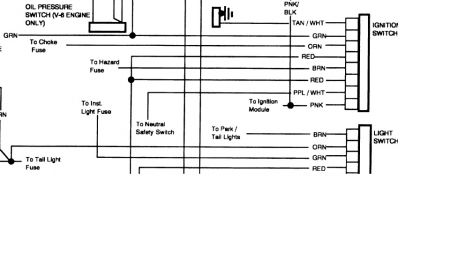Do not remove the starter to have it tested. That is a lot of work for something that is not likely to be the cause of the problem. Doing guesses like that often causes new additional problems with broken wires and twisted off electrical terminals. They often check fine on the bench when there is no load on them. Remove and/or replace parts only after testing and diagnosis proves they are defective.
You know it is not a starter motor problem if you are not hearing the starter relay click. Battery connections are not the problem if the dash lights are working. If the dash lights go out or the head lights get dim or go out when turning the ignition switch to "crank", then suspect battery connections or starter connections. GM likes to tap off the large battery cable at the starter motor to feed other systems on the truck so if the lights dim or go out, Then check the large starter connection.
For a do-it-yourselfer, a quick check of the starter system is to pop the cover off the starter relay, reinstall it that way, then squeeze the movable contact. The system can be broken down into three circuits, the low, medium, and high-current circuits. If the starter cranks the engine when you squeeze the contact, you'll know the medium and high-current circuits are working and it is the low-current circuit with the neutral safety and ignition switches in it that has the problem. If it still does not crank you will know it is a waste of time to investigate that low-current circuit.
Monday, September 10th, 2012 AT 8:51 PM





